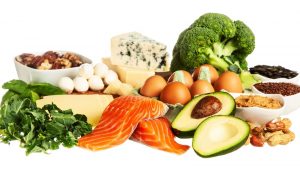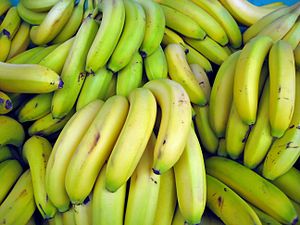By Heide Kennedy, Arizona Farm Bureau Communications Intern
Many of us think or talk about how we are going to start eating more healthfully or start living more healthfully in general. While these are great goals to have, let’s be honest. There is really no true definition to either of them, as everyone’s health and dietary needs can vary drastically depending on each individual’s needs. 
So, when you read some articles about how you should “eat healthy” by cutting out all carbs, or by fasting for certain periods of the day, understand that while these methods might work for some, they don’t always work for everyone. With that being said, there are still some basic healthy eating tips to get you started in living a healthier lifestyle.
Registered dietician Jaclyn London suggests the following tips for eating healthy, with each one being just a guideline so that you can tailor it to your own personal goals.
- Eat breakfast – This ensures you have an energized start to your day.
- Check your beverages – Drinks are a great hiding place for unnecessary sugars, and it’s easier to overdrink than to overeat, so choose drinks wisely.
- Combine protein and fiber in each meal – Combining these two makes you feel fuller faster as both protein and fiber take longer to digest.
- Eat meals and snacks regularly – Staying regular with eating times helps you to stay energized consistently throughout your day.
- Add fruits and vegetables to each meal – Fruits and vegetables contain lots of the vitamins and minerals that our bodies need to function. Plus, they’re pretty delicious too!
- Pay attention to your body’s needs – Eat when you feel hungry or get some water when you feel thirsty. Your body knows what it needs to function so listen to it!
- Get nutrients from foods more than supplements – While supplements can be a great tool for getting extra vitamins and minerals that we might not be getting in our diets, getting as much of them as we can through our foods is a much better way to keep up on our nutrients.
- Don’t forget to exercise – Staying physically active in some shape or form is essential to good health, as it keeps you strong, flexible, and burns excess calories!
London summarizes what healthy eating truly is by saying it is based on finding the balance of eating good foods that help you to feel your best both physically and psychologically. With that in mind, eating healthy doesn’t have to be that hard or unattainable. Just follow some basic principles and tailor to fit you own goals and needs.
For more articles about healthy eating, recipes for some delicious and nutritious meals, or information on finding fresh, locally grown ingredients, check out the Fill Your Plate website!




